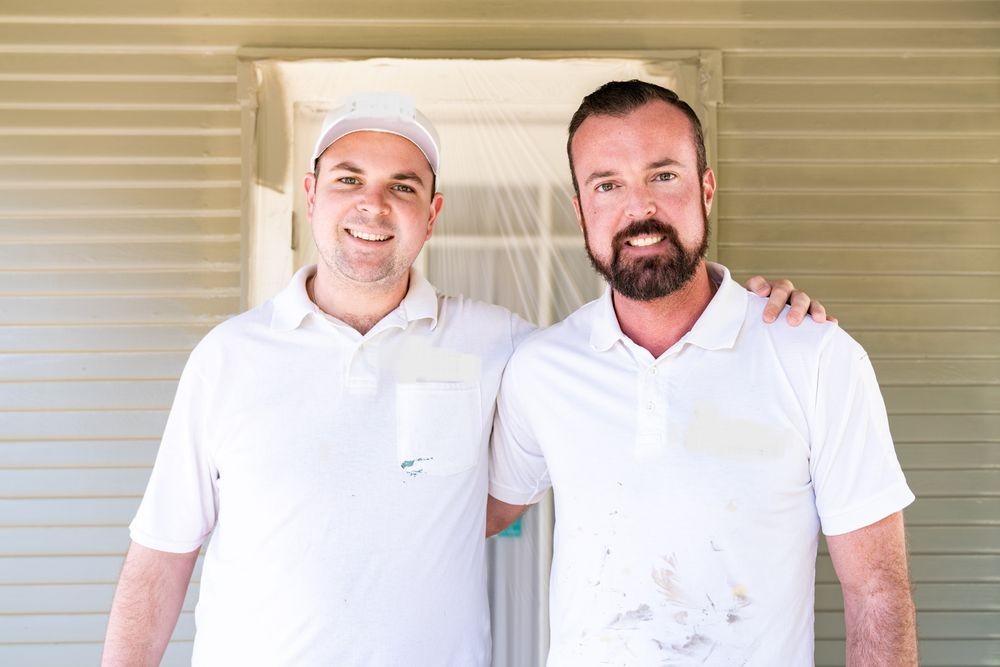
Get matched with top animal removal specialists in Goodland, KS
Enter your zip and get matched with up to 5 pros
Need a pro for your animal removal project in Goodland, KS?
Verified Reviews for Animal Removal pros in Goodland, KS
*The Angi rating for Animal Removal companies in Goodland, KS is a rating based on verified reviews from our community of homeowners who have used these pros to meet their Animal Removal needs.
*The HomeAdvisor rating for Animal Removal companies in Goodland, KS is a rating based on verified reviews from our community of homeowners who have used these pros to meet their Animal Removal needs.
Last update on November 19, 2025
Find Animal removal specialists in Goodland
Xtreme Wildlife Solutions
Xtreme Wildlife Solutions
Xtreme Wildlife Solutions, LLC provides professional wildlife control for both residential & commercial customers in the states of Kansas and Missouri. We offer custom animal control solutions for almost any type of wildlife problem, whether it be the noises of squirrels running through the attic, a colony of bats living in a building, or the destructive behavior of a raccoon or other critter, we have the experience and the tools to quickly and professionally solve your problem. For a consultation, give us a call at 913-709-1612.
Xtreme Wildlife Solutions, LLC provides professional wildlife control for both residential & commercial customers in the states of Kansas and Missouri. We offer custom animal control solutions for almost any type of wildlife problem, whether it be the noises of squirrels running through the attic, a colony of bats living in a building, or the destructive behavior of a raccoon or other critter, we have the experience and the tools to quickly and professionally solve your problem. For a consultation, give us a call at 913-709-1612.
The Goodland, KS homeowners’ guide to animal removal services
From average costs to expert advice, get all the answers you need to get your job done.

Raccoons on your property can cause a lot of damage to your home and yard. This guide breaks down raccoon removal costs so you can budget accordingly.

When calculating wildlife removal costs, you’ll need to consider the type, size, and amount of animals. Our guide will show you the wildlife removal cost.

Squirrel removal costs vary depending on the location, removal techniques, and any follow-up. This guide will help you budget for quick and safe eradication.

Raccoons can spread disease and wreak havoc on your trash cans. Evict them from your property ASAP—but humanely. Here’s how to get rid of raccoons the nice way.

Making your property less appealing to foxes involves knowing the best fox deterrents. These ideas will make your home less inviting.

Armadillos often damage yards, gardens, and other property when digging for food. Here are the best bait ideas to get rid of armadillos.
- Burlington, CO Animal removal specialists
- Hale, CO Animal removal specialists
- Stratton, CO Animal removal specialists
- Cheyenne Wells, CO Animal removal specialists
- Wray, CO Animal removal specialists
- Flagler, CO Animal removal specialists
- Yuma, CO Animal removal specialists
- Eads, CO Animal removal specialists
- Hugo, CO Animal removal specialists
- Holyoke, CO Animal removal specialists
- Akron, CO Animal removal specialists


